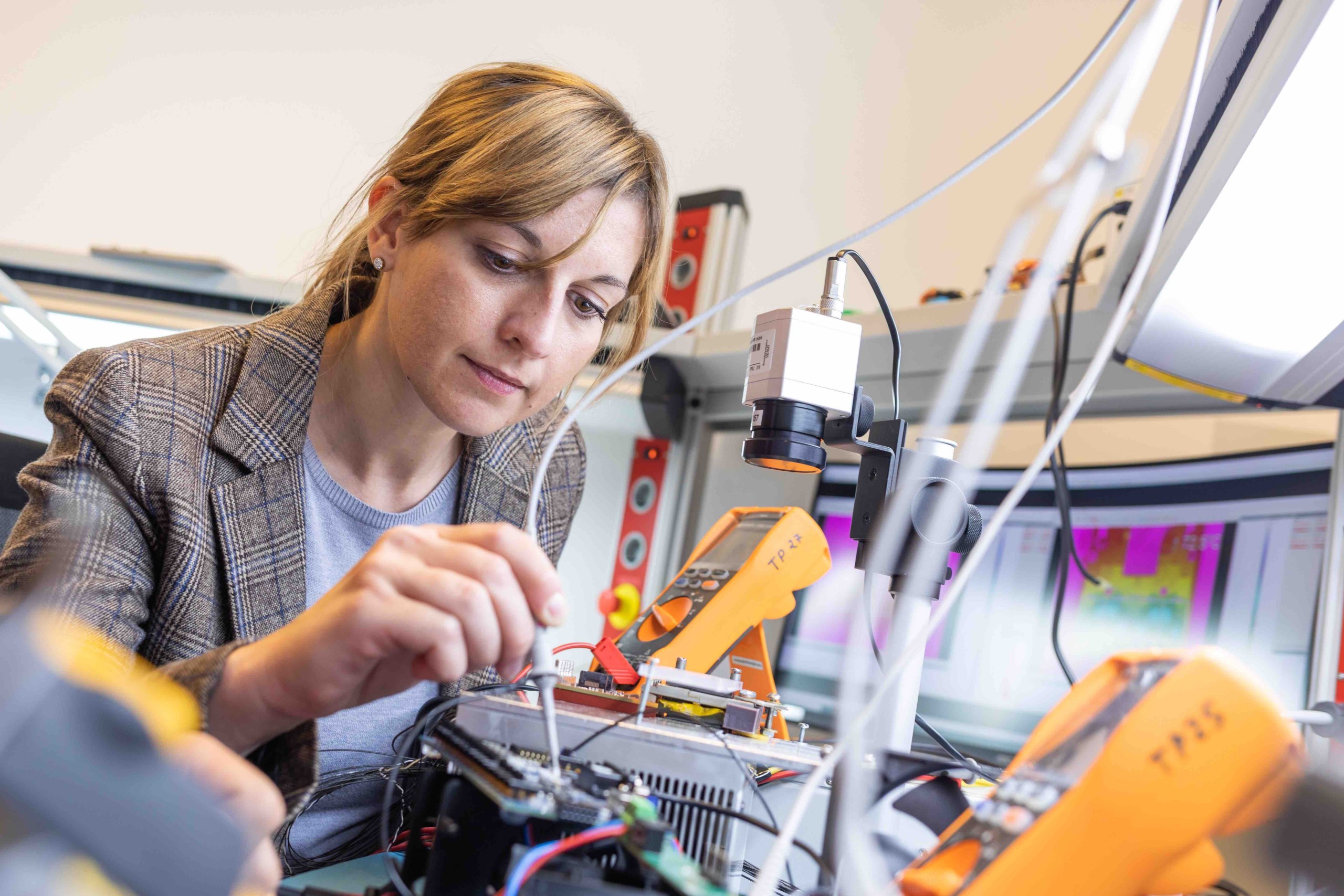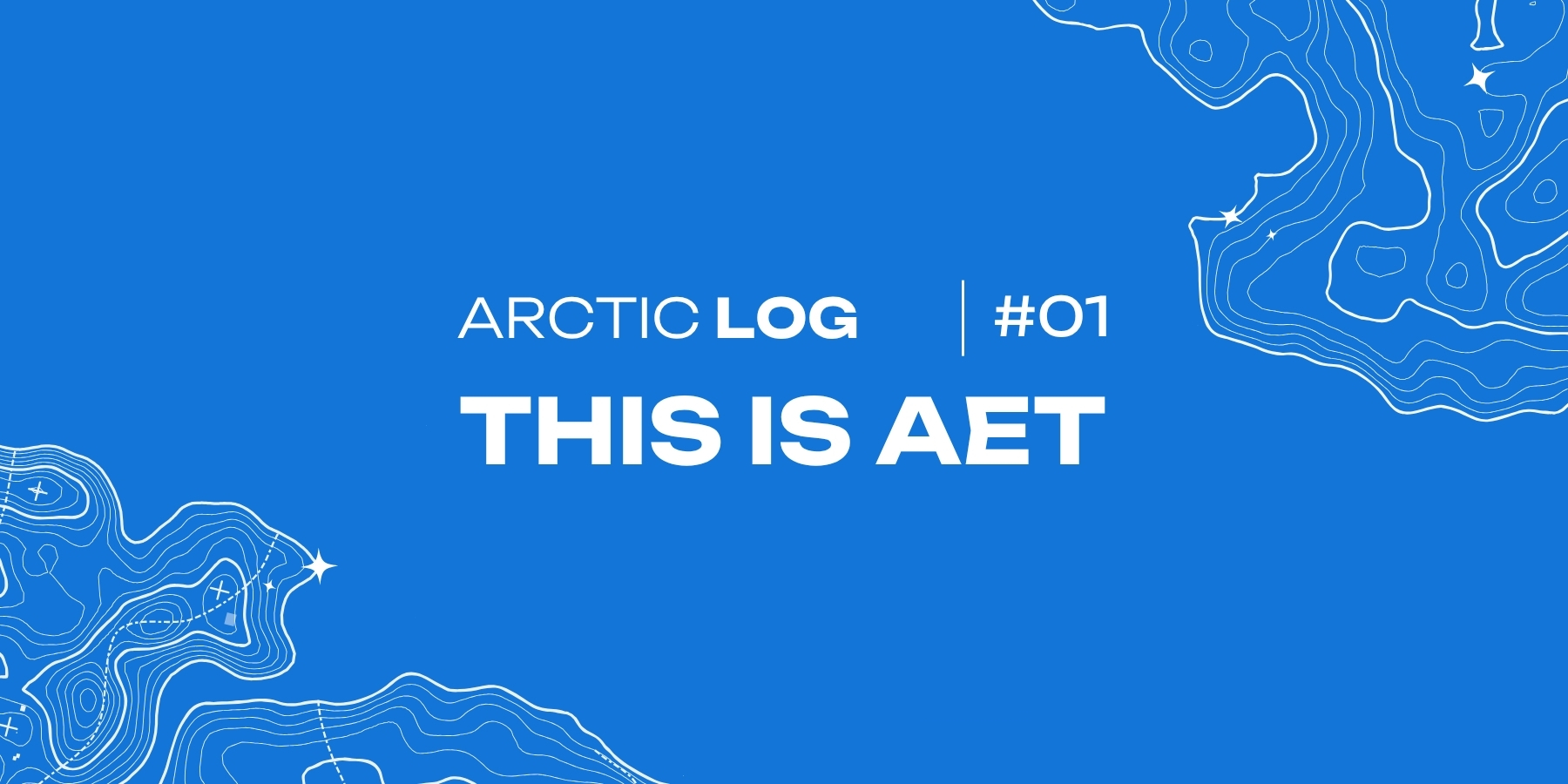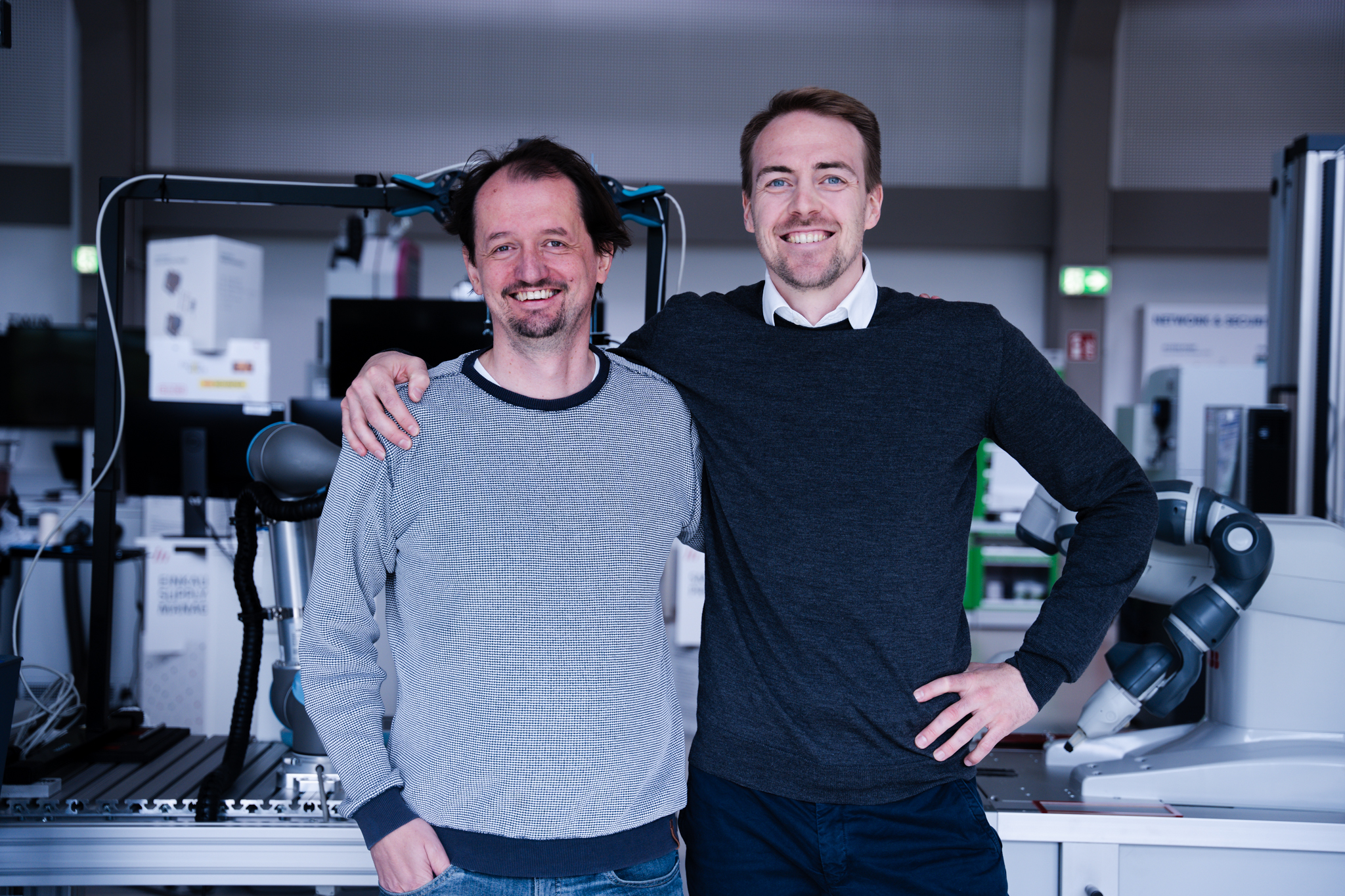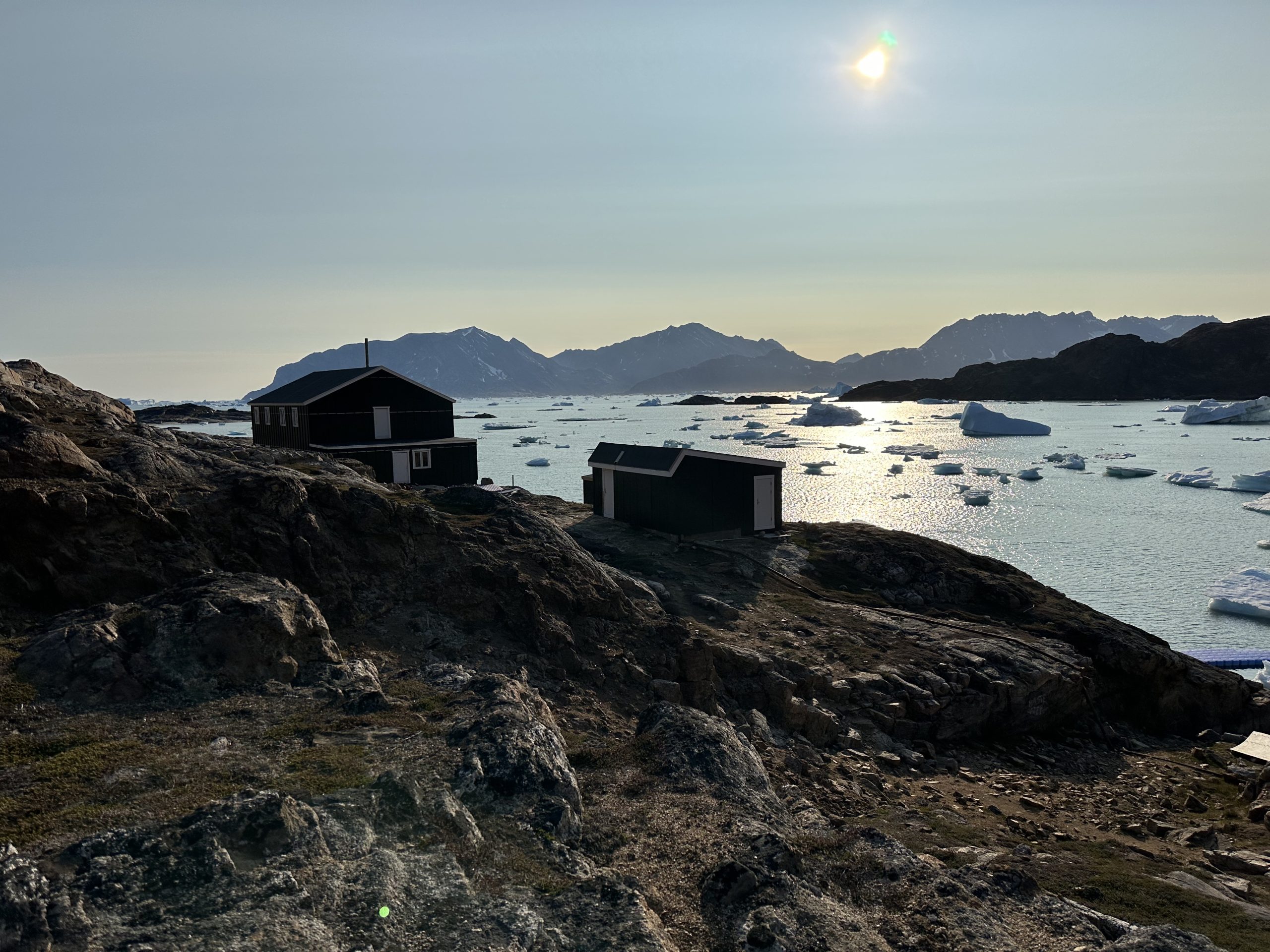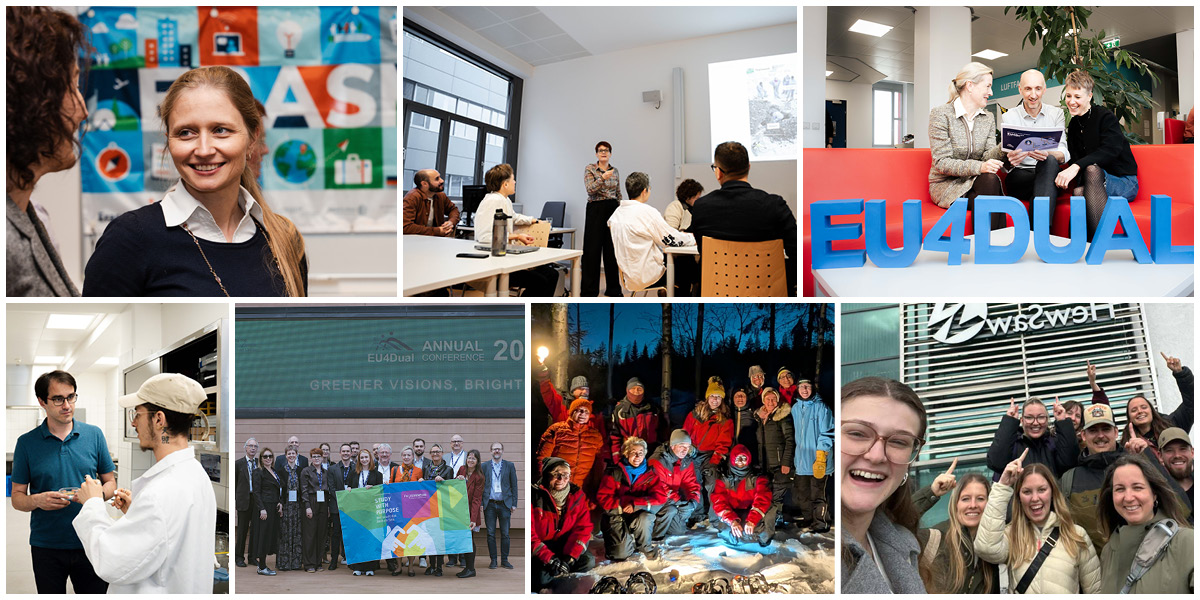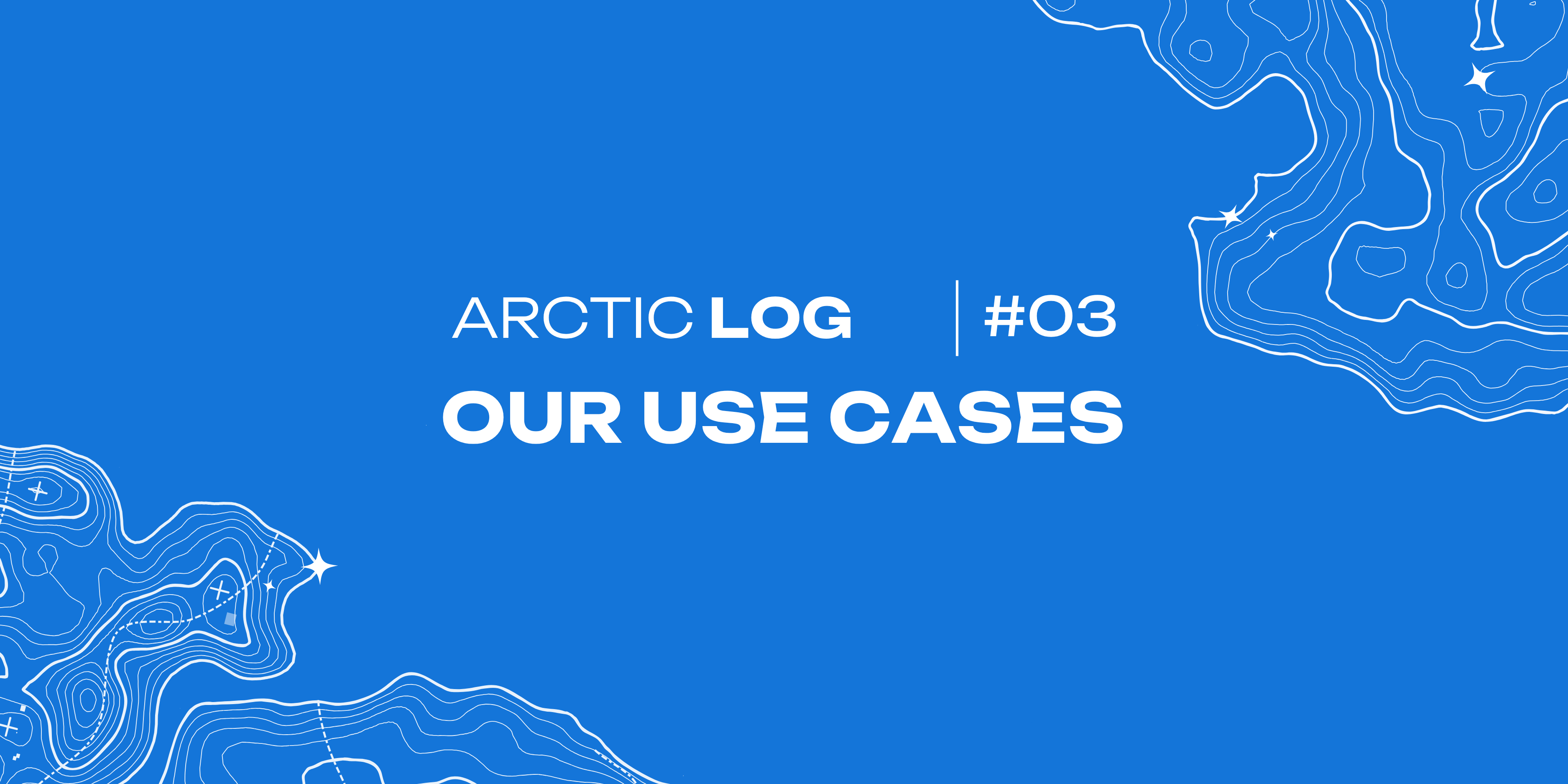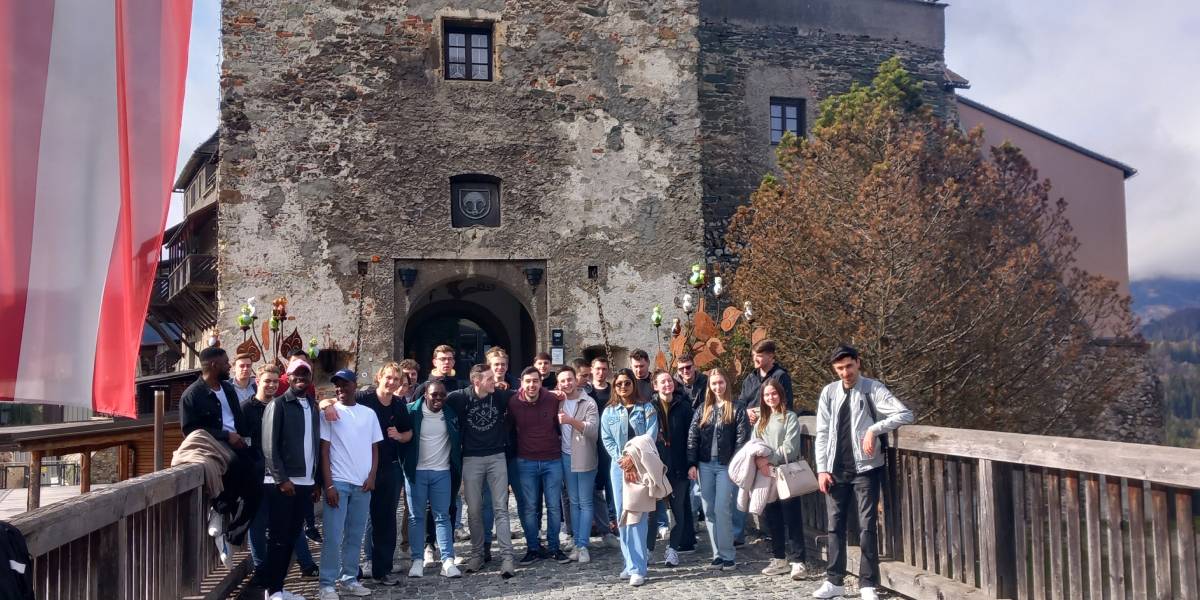With the JOANNEUM Arctic Expedition Team (AET), a project has been launched through which FH JOANNEUM is taking an interdisciplinary and cross-degree approach to exploring the fascinating world of the Arctic. As part of the new course “Arctic Technology,” a total of 10 students and 6 lecturers from various disciplines will embark on its first expedition to the Sermilik Research Station in East Greenland, which is operated by the University of Graz in cooperation with the University of Copenhagen.
The team is developing new use cases and technical prototypes that address major challenges in the Arctic environment. The goal: to train the next generation of Arctic experts. This training has been underway since the summer semester of 2025, which has been entirely dedicated to preparing the team for the expedition. But before we dive deeper into the world of the Arctic, let’s take a look at the background and the beginnings of the JOANNEUM Arctic Expedition Team.
The Beginnings of the JOANNEUM Arctic Expedition Team
It was autumn 2024, shortly after the start of the winter semester, when an email with the subject “FHJ ARCTIC EXPEDITION TEAM” landed in the inboxes of students and staff across FH JOANNEUM. The message invited students and university staff to submit use case proposals to apply for a spot in the JOANNEUM Arctic Expedition Team. The best use cases would then be selected and implemented during an expedition to Greenland in the summer of 2025. Out of more than 100 applications, 10 students were ultimately selected, who now form the first JOANNEUM Arctic Expedition Team together with 6 teaching personnel.
The project was initiated by Stefan Muckenhuber, researcher and lecturer at the Institute of Industrial Management at FH JOANNEUM, and Thomas Gölles, who is working as a senior researcher at the University of Graz. Since 2018, the two have collaborated at the Virtual Vehicle Research Center, then from 2020 at the University of Graz, and now, since 2024, at FH JOANNEUM. Both researchers have spent more than five years in Svalbard, where they were active as students, lecturers, and researchers at the University Centre in Svalbard (UNIS). The idea for the JOANNEUM Arctic Expedition Team stems from their many years of work in Arctic regions and the desire to share their experiences and passion for the Arctic with students.
Given that the Arctic is warming three times faster than the global average – with these developments having a significant impact on Europe’s climate – training specialized researchers in this field is essential. Thanks to the generous support of several FH JOANNEUM institutes and other partners, the project was finally brought to life and is now in full implementation with the first generation of the AET.





